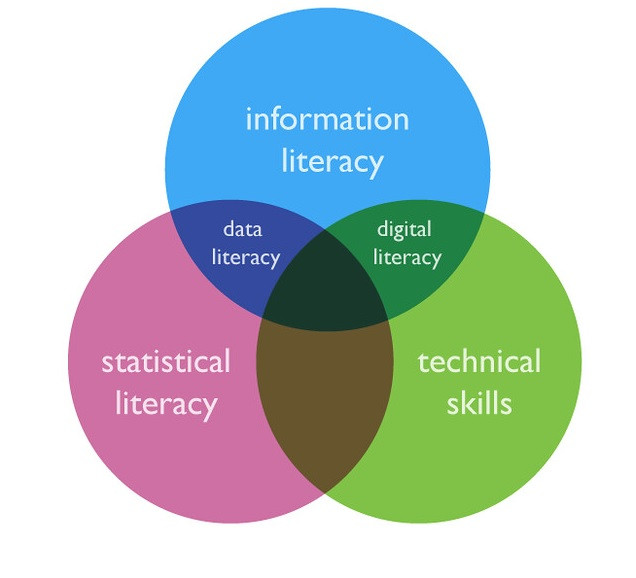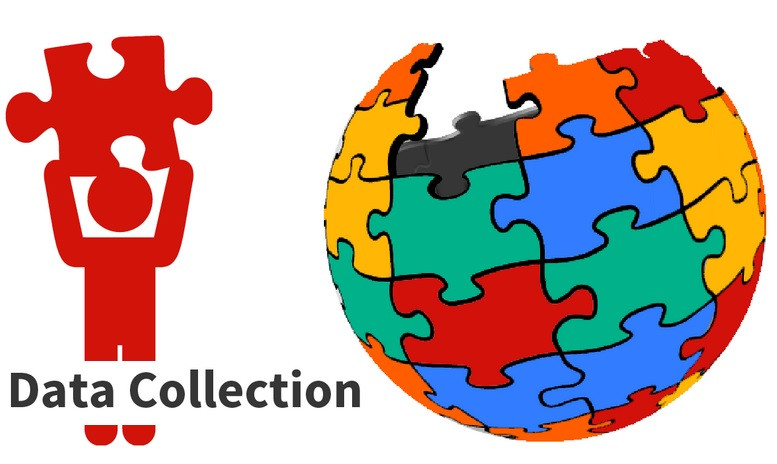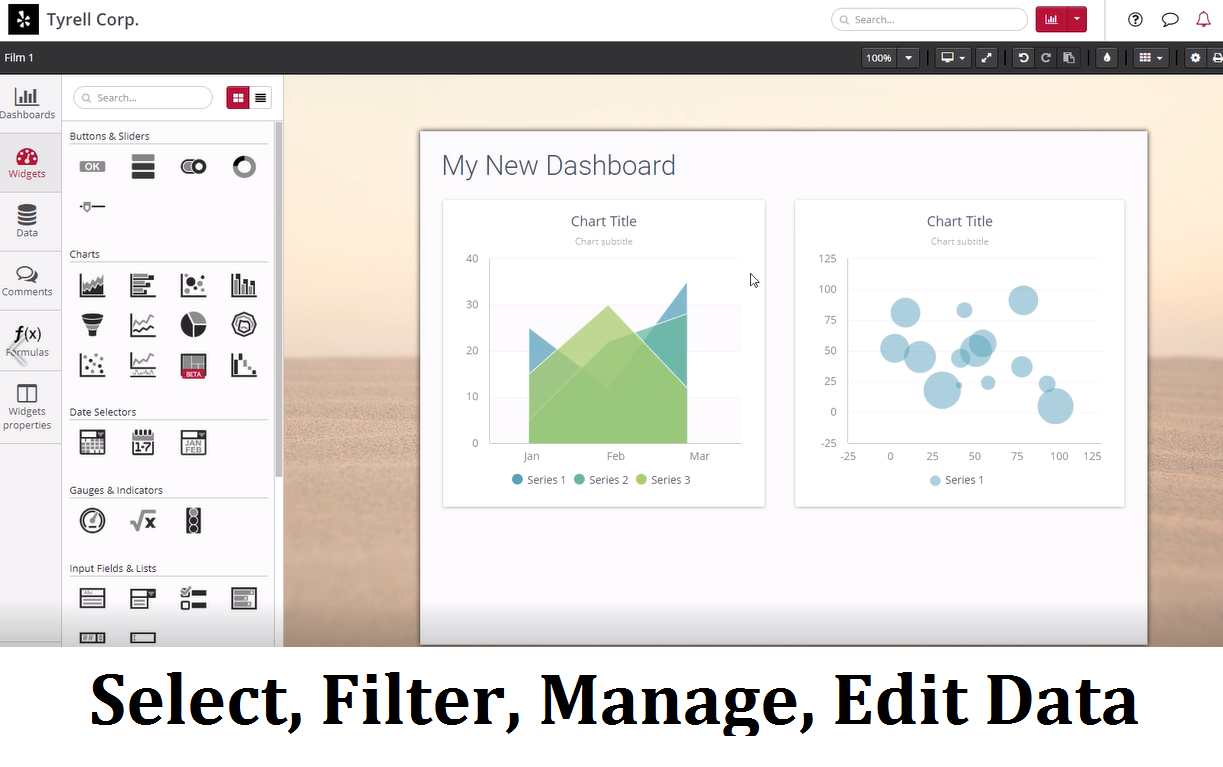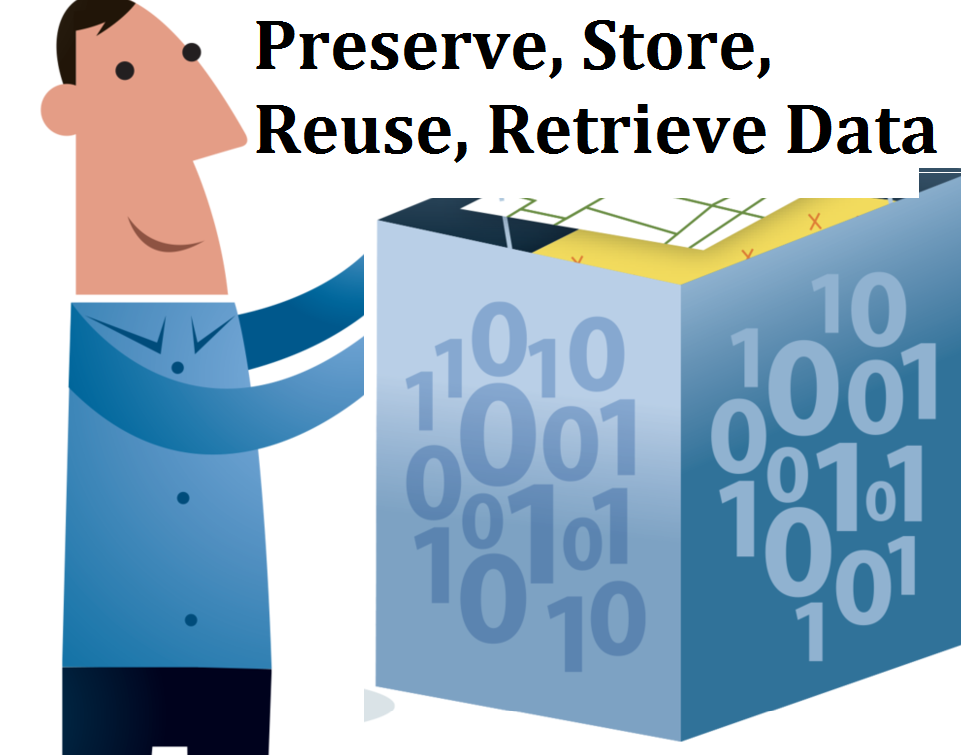
Data literacy is the ability of individuals to examine, analyse, interpret, and communicate, individually or collectively, based on data. Data literacy includes technical knowledge of how to work with data and skills like critical thinking to evaluate data sources. Individuals with data literacy knowledge are better equipped to succeed in the modern workplace and make informed decisions in their personal and professional lives.
The ability to analyse data, draw conclusions that can guide decision-making, and effectively convey information to target audiences are all included in data literacy. Critical thinking is a quality that those who possess can verify whether the data in use is reliable. Given how quickly technology changes, it’s necessary to have an openness to change and own a set of abilities in data literacy that all educators and teachers should have (Mandinach, E. B., & Gummer, E. S., 2016).

This chapter provides context to the initial stage of the data lifecycle, which is collecting and generating data. Gathering and producing data refers to the systematic collection of information from different sources, as mentioned in Chapter 1. The aim of Chapter 2 is to provide comprehensive guidelines for collecting and generating data in educational contexts. We will discuss the most common methods and tools used by educators and how effective they are, including best practices and case studies to illustrate effective data collection strategies.

Chapter 3 discusses the second stage of the data lifecycle: choosing, filtering, managing, editing, and confirming data. We will focus on the previous steps to refine the data to ensure its relevance, accuracy, and usability. This chapter aims to provide detailed guidelines on effectively handling data through these processes and provide educators with the information, methods, and tools to better select, filter, manage, and edit data.

This chapter addresses the critical stages of the data lifecycle involving preserving, storing, reusing, and retrieving data. Through these stages, data remains accessible and useful, supporting ongoing educational processes in vocational education. The aim of Chapter 4 is to provide comprehensive guidelines for effectively managing educational data, focusing on best practices for maintaining data integrity, accessibility, and security. We will explore digital tools that can be useful for educators in vocational education to store and retrieve data, along with strategies for reusing data to enhance teaching and learning outcomes.

